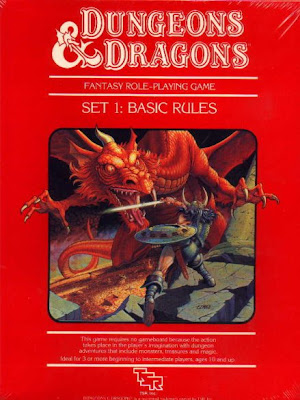My preferred playstyle could hardly be further from this. I've had 3 PCs, in total, die in a 3 year (and now 15th level) 4e campaign, and each time have discussed with the player whether or not he wants to keep playing that PC. Two said yes, one no - he had an idea for a new PC. For the two that said yes, I contrived for the god of death to send them back into the world. In one case, this has ended up establishing a major story element for that PC, which has become a big focus of play.
Besides these 3 deaths, there were 3 other occasions when a PC could have died, but because the player wanted to keep playing the PC, and given the circumstances in the game, I was able to treat the situation as one of unconsciousness rather than death (this being a feature of the 4e rules).
If the player still thinks they have something they want to do, in the game, with their PC then I don't want to get in the way of that. I would find a turnover of 20 PCs in one adventure completely fatal to building up any sort of emotional or thematic investment in those PCs and the story that their activities are going to constitute.
Yes, but I wouldn't normally use that description. (I've forked my elaboration on this point to a new thread.
I like that style of game too, but my players are nowhere near ready for it. They are first time players still exploring different character options, figuring out rules, and enjoying the novelty of killing caves full of monsters and taking all their stuff.
Now that they've finished the Keep on the Borderlands and a few other short one-off modules I think they are getting close to ready to start thinking about longer term more epic-narrative type play.



